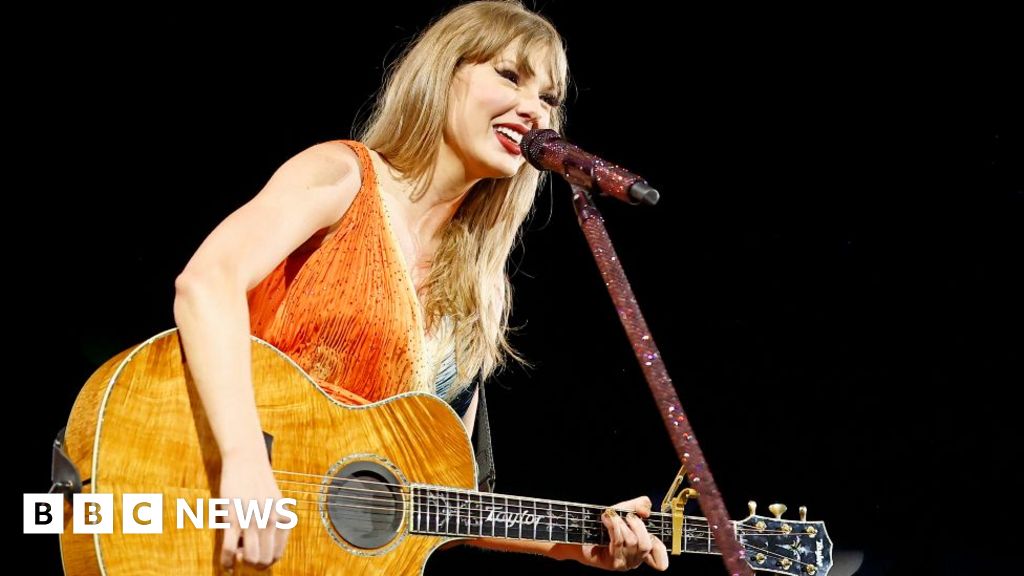Situated in the Indian Ocean between Mauritius and Seychelles, more than 200 miles from land, the Saya de Malha Bank extends over an area the size of Switzerland and is one of the world’s biggest seagrass meadows, which make it the planet’s most important carbon sink. Much like trees on land, seagrass absorbs carbon dioxide from the atmosphere and stores it in its roots and soil. But seagrass does it especially fast – at a rate 35 times that of tropical rainforest.
As such, it is existentially crucial to the planet. Due to its remote location, the bank is among the least-studied, shallow marine ecoregions on the planet – and, tragically, the area is today being systematically decimated by a multi-national fleet of fishing ships that virtually no one tracks or polices.

More than five hundred years ago, when Portuguese sailors came across a shallow-water bank on the high seas over 700 miles east of the northern tip of Mauritius, they named it Saya de Malha, or "mesh skirt", to describe the rolling waves of seagrass below the surface. In 2012, UNESCO considered Saya de Malha as a potential candidate to become a Marine World Heritage site, for its "Potential Outstanding Universal Value". UNESCO described the bank as "globally unique", concluding that it was covered in what is likely the largest seagrass meadow in the world.
Seagrasses are frequently overlooked because they are rare, estimated to cover only a tenth of one percent of the ocean floor. "They are the forgotten ecosystem," said Ronald Jumeau, the Seychelles Ambassador for Climate Change. Nevertheless, seagrasses are far less protected than other offshore areas. Only 26 percent of recorded seagrass meadows fall within marine protected areas, compared with 40 percent of coral reefs and 43 percent of the world’s mangroves.
Read morePosidonia meadows: Lungs of the seas at risk

A unique biodiversity
Often described as the lungs of the ocean, seagrasses capture about a fifth of all its carbon and they are home to vast biodiversity. Thousands of species, including in the Saya de Malha Bank, many as yet unknown to science, depend on seagrasses for their survival. But the planet has lost roughly a third of them since the late nineteenth century and we lose 7 percent more each year – roughly equivalent to losing a football pitch of seagrass every 30 minutes.


To display this content from , you must enable advertisement tracking and audience measurement.
Seagrass also cleans polluted water and protects coastlines from erosion, according to a 2021 report by the University of California, Davis. At a time when at least eight million tons of plastic end up in the ocean every year, seagrass traps microplastics by acting as a dense net, catching debris and locking it into the sediment,found a 2021 study in Nature.
At a time when ocean acidification threatens the survival of the world’s coral reefs and the thousands of fish species that inhabit them, seagrasses reduce acidity by absorbing carbon through photosynthesis, and provide shelters, nurseries, and feeding grounds for thousands of species, including endangered animals such as dugongs, sharks, and seahorses.
But the Saya de Malha is under threat. More than 200 distant-water vessels – most of them from Sri Lanka and Taiwan – have parked in the deeper waters along the edge of the bank over the past few years to catch tuna, lizardfish, scad and forage fish that is turned into protein-rich fishmeal, a type of animal feed. Ocean conservationists say that efforts to conserve the bank’s seagrass are not moving fast enough to make a difference. "It’s like walking north on a southbound train," said Heidi Weiskel, Acting Head of Global Ocean Team for IUCN.
On May 23, 2022, the United Nations General Assembly adopted a resolution to declare March 1 as World Seagrass Day. The resolution was sponsored by Sri Lanka. Speaking at the assembly, the Permanent Representative of Sri Lanka to the UN, Ambassador Mohan Pieris, said seagrasses were "one of the most valuable marine ecosystems on earth", highlighting, among other things, their outsized contribution to carbon sequestration. But recognition is one thing; action is another. As the ambassador gave his speech in New York, dozens of ships from his country’s fishing fleet were 9,000 miles away, busily scraping the biggest of those very ecosystems he was calling on the world to protect.
To display this content from , you must enable advertisement tracking and audience measurement.
This article was written by Ian Urbina, Maya Martin, Joe Galvin, Susan Ryan, and Austin Brush – Editors at The Outlaw Ocean Project.
The Outlaw Ocean Project is a non-profit journalism organisation based in Washington DC that produces investigative stories about human rights, labour and environmental concerns on the two thirds of the planet covered by water. The organisation is run by Ian Urbina, an award-winning journalist who used to work for The New York Times.
Most of the stories are reported at least partially at sea. In the United States, the group publishes its stories in various news outlets, including the New Yorker, NBC News, The Atlantic and The Washington Post. The reporting is also regularly translated into other languages, particularly French and Spanish, and broadcast in partnership with dozens of foreign newspapers, magazines, radio and television outlets.











 English (US) ·
English (US) ·